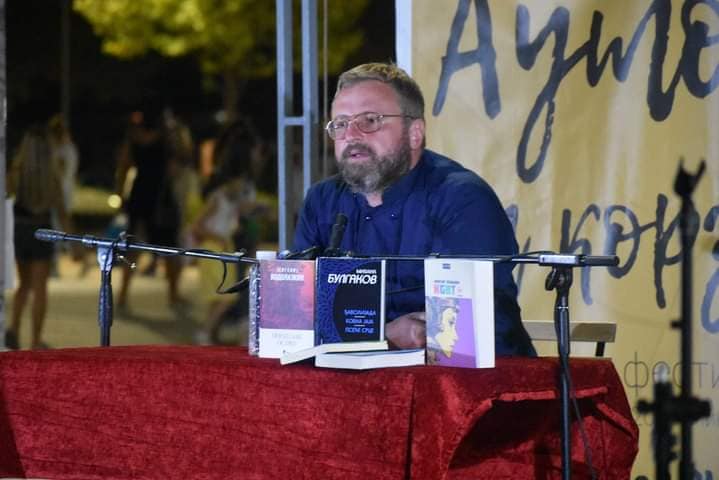The main topic of the article is the historical and cultural connection between the South Slavic peoples, especially Serbs and Bulgarians, and the Romanian and Moldovan peoples. The author highlights the significant contribution of Serbian and Bulgarian language and culture to the formation of Romanian and Moldovan culture and language, emphasizing that the ties between these peoples are deep and multilayered, though often underestimated in official Romanian historiography. The article also discusses contemporary social and political divisions in Romania and Moldova, as well as their relations to Orthodoxy and Russian influence. It points to the complexity of identity and cultural influences in the region and the importance of preserving shared history and spiritual connection.
Political Perspectives:
Left: Left-leaning sources tend to emphasize the shared cultural and historical ties between the South Slavic and Romanian peoples, highlighting the importance of regional solidarity and the interconnectedness of Eastern European cultures. They may critique nationalist narratives that downplay these connections and stress the value of multicultural understanding and cooperation.
Center: Center-leaning sources present a balanced view acknowledging the historical and linguistic influences among Serbs, Bulgarians, and Romanians, while also recognizing the complexities and nuances of national identities. They focus on factual historical accounts and the importance of cultural exchange without strong ideological bias.
Right: Right-leaning sources often emphasize national identity and sovereignty, sometimes highlighting the distinctiveness of each nation while acknowledging historical interactions. They may stress the importance of preserving national traditions and Orthodox Christian heritage, and could be wary of external influences, particularly Western or Russian, framing the cultural ties within a context of national pride and historical legacy.








